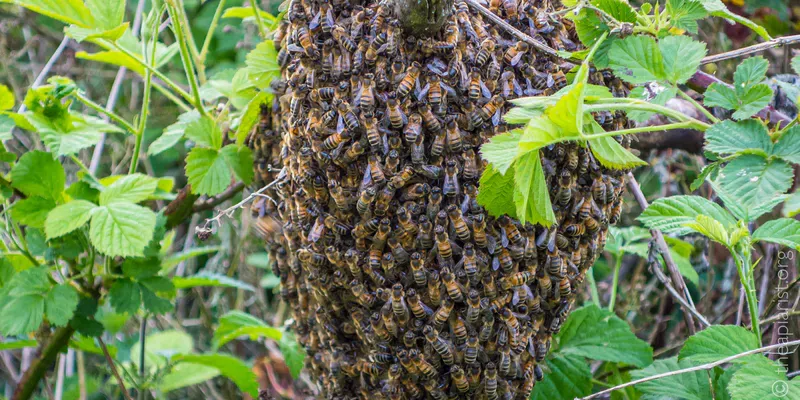The memory of swarms

I've used this title before, years ago, but it's too good to not use again. For many readers it will be novel, either because they've forgotten {{1}} or because they're new to beekeeping or new to this site.
If either of those last two apply … Welcome!
And, if you do remember when I last used the title, bear with me. The content has changed, even if the title has not.
How has the content changed?
To be honest, I'm not entirely sure.
I'm writing this (on Monday 14th) during a major outage of the website, so I can't access anything to check. Something serious is kaputski in The Apiarist's data centre.
Either a minion has spilt the double-shot cappuccino I'd requested over the server rack, or the hamsters powering the mainframe are on strike.
Whatever the cause, everything is probably rather fraught in the control room at the moment.
I'm keeping a low profile.
I should add that use of the terms 'data centre', 'server rack', and 'control room' make it sound quite a bit larger, more complicated and expensive than it really is.
'Hamsters' is a lot closer to the mark.
Subscribers to The Apiarist have the benefit of an inbox of newsletters so can read more about beekeeping, even when the hamsters are on strike. Why not sign up and join them now?
But, to go back to my previous assertion, some content has changed — or is certainly new — as I'm going to provide additional information about trying to help determine why some swarms abscond (a topic introduced last month).
But I'm first going to briefly discuss the memory of swarms, and then provide a bit more detail on collecting and hiving swarms, and what to do with a swarm once you have safely hived it … before it absconds.